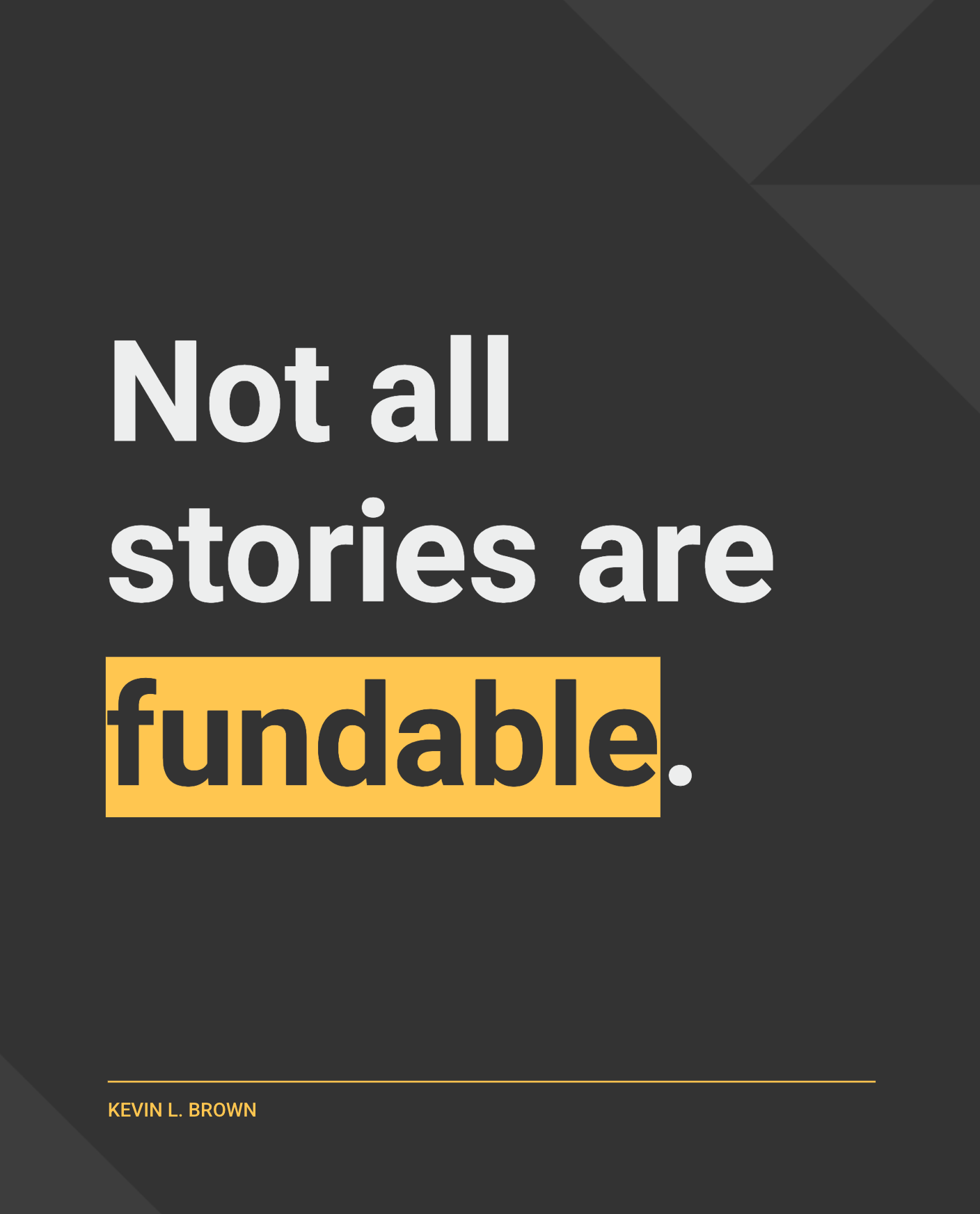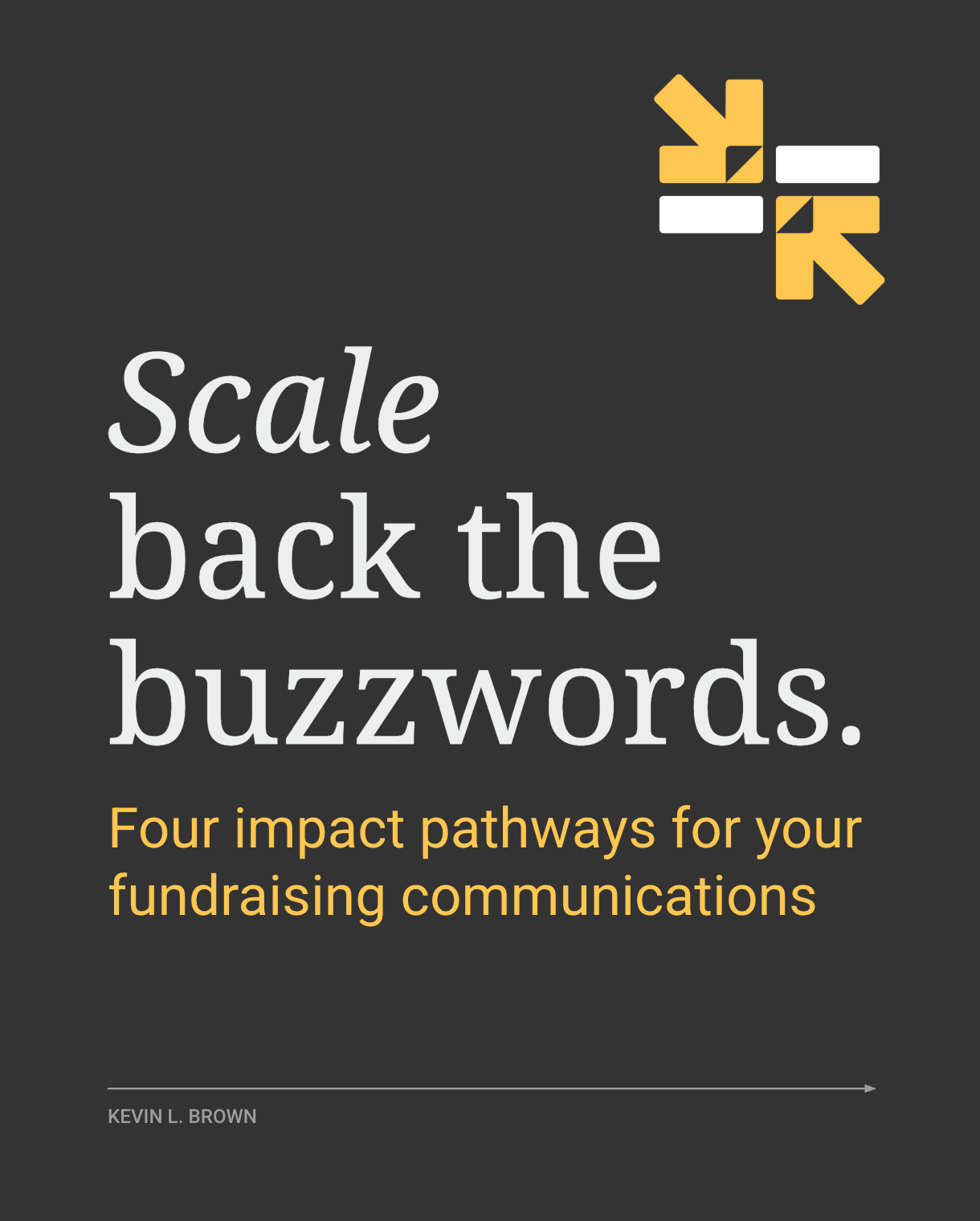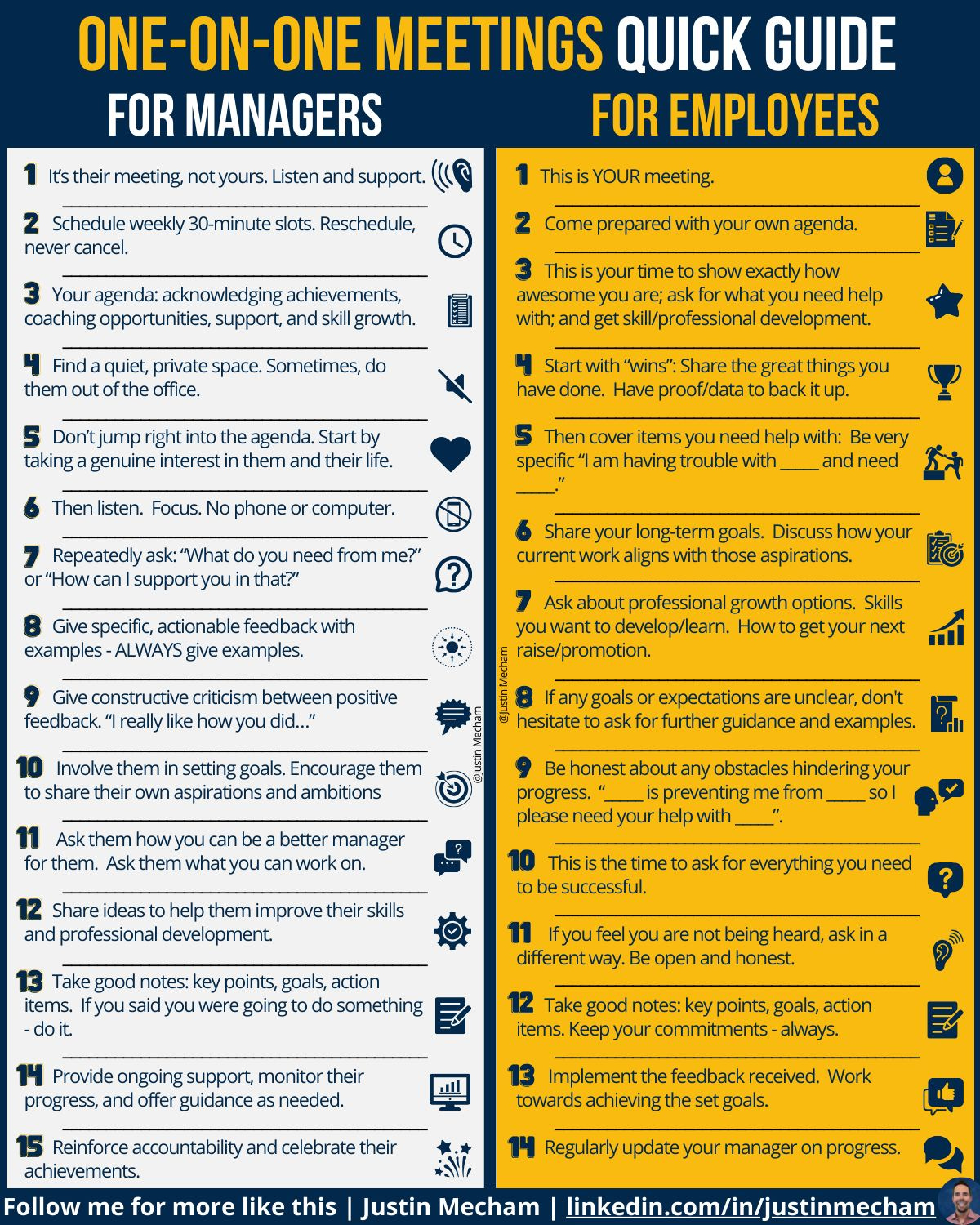Fix your story, silence buzzwords & write your mind.
Three weekly insights to get funding
Y’all say howdy
I’m in Texas this week, visiting family. And it’s remarkable to think this one state alone has 160,000 nonprofits. Does that signal a lot of heart or a lot of unmet need?
How many of you subscribers are from the Lone Star State?
As always, I respond to every reply and comment.
— Kevin
💪🏽💛
Three insights
1. Not all stories are fundable.
Your fundraising might be telling the wrong story.
Because there are three types of stories.
But only one converts donors. ⤵
❌ The participant story
Your donor appeals often describe one participant whose life has improved. While suitable for newsletters or annual reports, these past-tense narratives typically don’t excel in fundraising.
❌ The organizational story
Your content concentrates on the organization’s mission, its leaders, awards won, and values. This messaging may interest insiders, but it’s dull to donors and raises even less money.
💰 The donation impact story
Donors are most interested in your future-looking storytelling. Like stories that depict the potential impact of their donations, because funders seek assurance that their contribution matters.
Important nuance.
“The first two stories at best hint at what their giving might do — and at worst are irrelevant to the donor,” says fundraising expert Jeff Brooks. “The story about the change that can happen when the donor gets involved raises a lot more funds.”
That’s why The Better Fundraising Company — who created this model — advises that the best donor solicitation is:
Right now things are X, but if you give a gift they will be Y.
So is your brand telling the right story?
Challenge your audience to act.
Not just applaud.
💪🏽💛
2. Scale back the buzzwords.
We’ve abused the word scale.
Worn out the term systems change.
And these buzzwords can pressure nonprofit leaders to bend their mission and message. Plus, those who are scaling and changing systems get lost in the jargon.
Here’s the deal:
There are four impact pathways, thus four options for your fundraising story.
Find yours in this quick guide.
Silence the noise.
Ignore donor demands.
And navigate your own path.
💪🏽💛
3. Clear writing gives poor thinking nowhere to hide.
Don’t delegate all your messaging.
Or outsource all your fundraising applications.
Because you don’t gain clarity first, then write. Instead, clarity comes from writing.
So sure, you can hire a copywriter or use AI for extra sizzle, get your comms team to add the final creative polish, or partner with a fundraising firm to repurpose donor appeals.
You can’t, however, pay a writer to think for you.
That’s why you should at least get a draft started and write some sort of content.
Books
Op-eds
Research
Blog posts
Whitepapers
Social media
Case studies
Press releases
Annual reports
Email newsletters
… any marketing that involves putting thoughts into words.
“When we write, we have to persuade others,” says Sara Booth. “And this means we have to define how we got from Point A to Point N. And at that point we often find out that we don’t know.”
Writing transforms fleeting thoughts into lasting wisdom.
So write your mind.
Don’t rent it out.
Pen your vision.
Don’t pawn it.
The weekly bonus
Communications isn’t just for donors, duh. It’s critical for your team, especially 1:1s with your immediate staff.
So here’s a cheat sheet from Justin Mecham.
Get my help
Are you ready to get even more fundable and findable?
Check out Fundable/Findable Bootcamp. It’s our self-paced, online course to maximize your funding. In just 15 minutes a day.
And it’s currently 50% off the regular price.
P.S.
What do you want AI to save you from?





